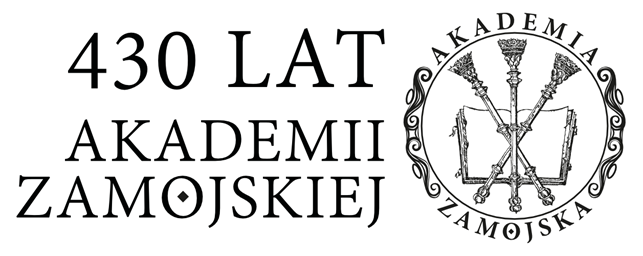The Bar, the Uniform, and the Battle Hymn of the Republic: Symbolism and Rhetoric of War in Two Scenes of Roy Andersson’s A Pigeon Sat on a Branch Reflecting on Existence
Abstract
Roy Andersson, a prominent auteur filmmaker, blends surrealism and oneirism with the poetics of the absurd, employing a tableau vivant style to depict the condition of contemporary everyman within modern culture. This article analyses Andersson’s commentary on one aspect of modernity – war – through an analysis of two scenes from A Pigeon Sat on a Branch Reflecting on Existence. These scenes, set in bars frequented by Swedish soldiers across different historical periods, are unified by the recurring motif of the Battle Hymn of the Republic. The juxtaposition of symbols such as the bar, the uniform, and the war song reveals a form of wartime violence – sexual harassment. This motif, paralleled in a scene depicting modern civilian life (a flamenco lesson), exposes the underlying mechanisms of modernity’s ills, concealed by cultural aestheticisation and mythologisation, and rooted in the persistent violence of the elderly, powerful, and affluent against the young, vulnerable, and impoverished. To examine the director’s construction of this message, this study employs the method of visual rhetoric.
Keywords:
Roy Andersson, auteur cinema, symbolic cinema, surrealist cinema, visual rhetoric, film music, symbolism of war, symbolism of the war song, symbolism of the Battle Hymn of the Republic, sexual violence, social inequality, war myths and their deconstruction, critique of the aestheticisation of culture, critique of modernityDetails
References
Statistics
Authors
Citation rules
Licence

This work is licensed under a Creative Commons Attribution-NonCommercial-ShareAlike 4.0 International License.


 Język Polski
Język Polski
 English
English
